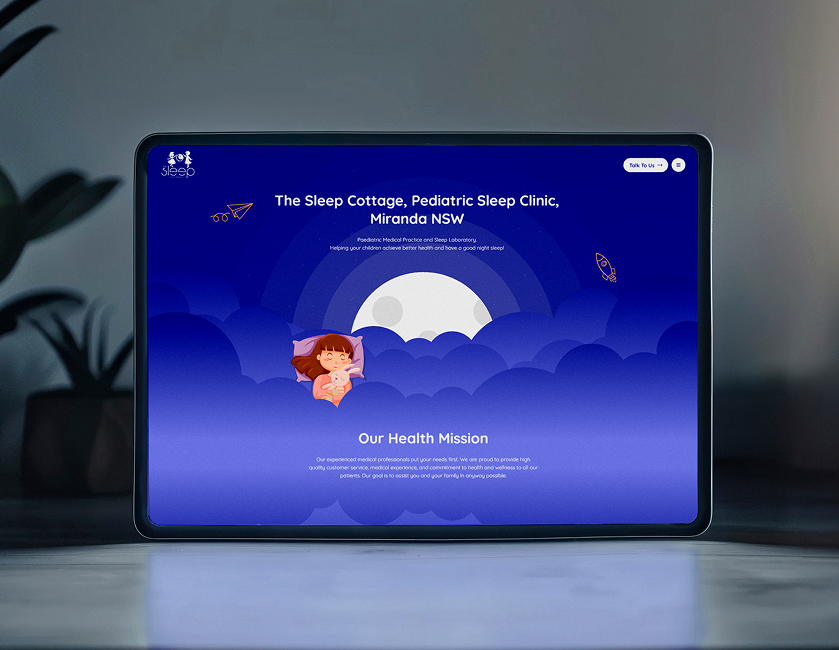
In the digital era, the line between websites and applications has blurred, thanks to the rapid rise of web app development. But what exactly is a web app? How does it differ from a regular website? And why is it such an essential part of today’s online ecosystem?
This blog dives deep into the world of web app development, breaking down its components, processes, and importance.
What is Web App Development?
Web app development refers to the creation of application software that operates within a web browser. Unlike traditional desktop apps, which are installed on a computer, web apps can be accessed over the internet from any device with a browser, making them incredibly versatile and platform-independent.
Simply put, a web app is a dynamic and interactive website that functions more like software, enabling users to perform various tasks online, from emailing and document editing to project management and e-commerce.
The Key Components of Web App Development
Web app development involves various layers, each playing a critical role in the app's overall functionality. Here's a breakdown of the main aspects:
- Frontend Development (Client-Side)
The frontend, or client side, is the part of the app that users interact with directly. It’s all about the user interface (UI) and user experience (UX). Frontend developers focus on how the app looks and feels. They use technologies like:- HTML (HyperText Markup Language) to structure content.
- CSS (Cascading Style Sheets) to design and style the visual elements.
- JavaScript for interactive features such as buttons, animations, or dynamic forms.
- Frameworks and libraries like React.js, Vue.js, or Angular to make development faster and more efficient.
- Backend Development (Server-Side)
While the frontend focuses on what the user sees, the backend handles the logic and data processing behind the scenes. Backend development is responsible for:- Server Management: Handling requests, user authentication, and data storage.
- Database Interaction: Storing, retrieving, and managing data securely.
- Business Logic: Ensuring everything from user registration to payment processes functions as expected.
- Database Management
Web apps often need to store large amounts of data, from user profiles and transactions to products and messages. Databases play a critical role in:- Organizing and storing data efficiently.
- Managing user inputs and ensuring data integrity.
- Supporting complex queries to retrieve and display data as needed.
- API Integration
To extend functionality, many web apps integrate with third-party services. This is done using APIs (Application Programming Interfaces), which act as bridges between the web app and external platforms or services, like payment gateways, social media logins, or cloud storage. - Security Measures
Given the sensitive nature of user data, web app security is paramount. Developers implement security measures to protect against threats like:- SQL Injection: A type of attack where malicious code is inserted into the app's database query.
- Cross-Site Scripting (XSS): Injecting malicious scripts into web pages viewed by other users.
- Data Breaches: Ensuring proper encryption and data protection to safeguard user information.
The Web App Development Process
Developing a web app involves several stages, from planning to deployment. Here's a simplified look at the process:
- Planning & Research
Every successful web app begins with a clear goal. The planning phase involves understanding the app's purpose, target audience, and requirements. Research helps identify the right technologies and frameworks for the job. - Design & Prototyping
This is where the visual design and user experience take shape. Mockups and prototypes help visualize how the web app will look and feel. User feedback at this stage ensures that the app is intuitive and user-friendly. - Development
The actual coding begins, where both frontend and backend components are built. Developers work together to ensure smooth communication between the client-side (what the user sees) and the server-side (what powers the app). - Testing & Quality Assurance
Before launching, the web app is thoroughly tested for bugs, performance issues, and security vulnerabilities. This ensures that the app runs smoothly across different devices and browsers. - Deployment & Maintenance
Once the app is tested and approved, it’s deployed to a live server where users can access it. Ongoing maintenance ensures the app stays updated, secure, and continues to meet user needs.
Examples of Popular Web Apps
You likely use web apps daily without realizing it. Here are a few examples:
- Gmail: One of the most popular web-based email services.
- Google Docs: An online document editor that allows real-time collaboration.
- Trello: A project management tool that helps teams organize tasks visually.
- Slack: A communication platform that brings teams together through messaging and file sharing.
Advantages of Web Apps
- Accessibility: Web apps can be accessed from any device with a web browser and an internet connection.
- Cross-Platform Compatibility: They work across multiple platforms and operating systems, from Windows to macOS to mobile devices.
- No Installation Required: Unlike desktop apps, web apps don’t need to be installed, freeing up storage space and making them easier to maintain.
- Scalability: Web apps can grow with your business, handling increasing user loads and expanding features over time.
Conclusion: The Future of Web Apps
Web app development is a vital part of modern digital infrastructure. As businesses and users continue to move online, the demand for powerful, secure, and scalable web applications will only grow. Whether you're running a startup or an established company, investing in a high-quality web app can enhance user engagement, improve workflows, and open new avenues for growth.
If you're ready to explore the possibilities of web app development for your business, now is the perfect time to get started!
Have questions about developing a web app?
Reach out to us to learn how we can help bring your idea to life.




